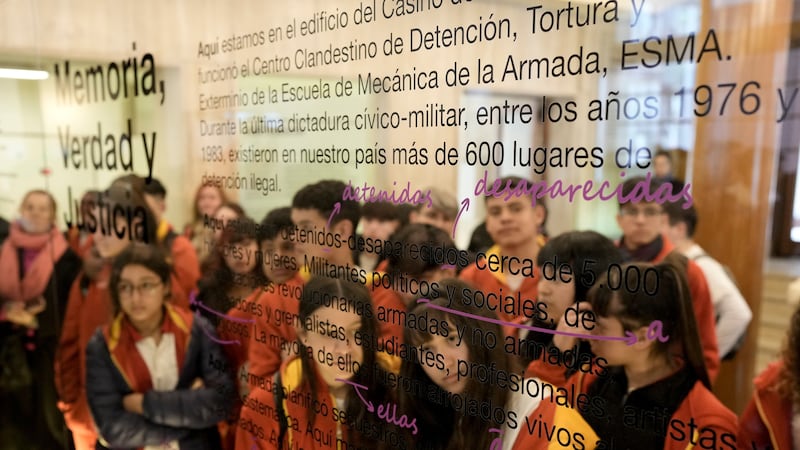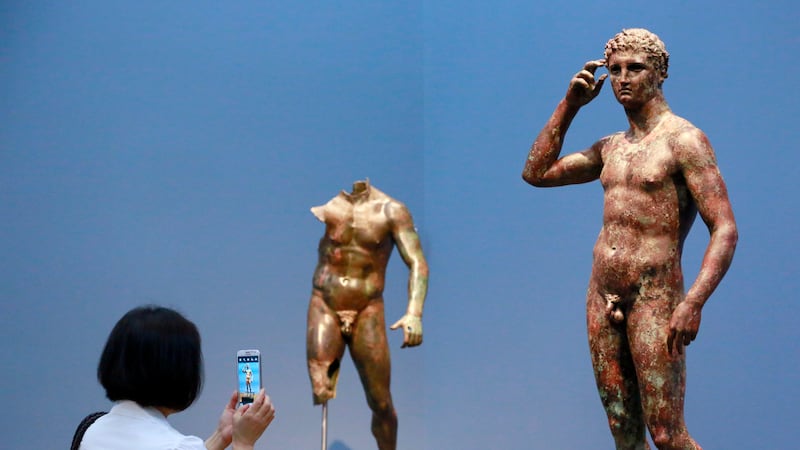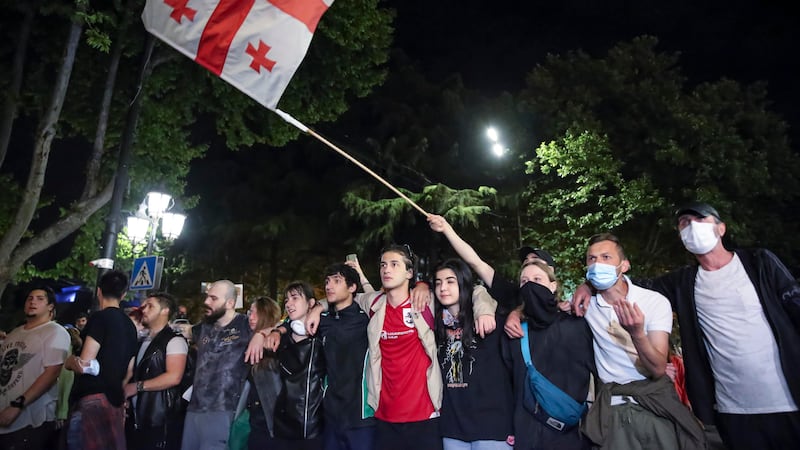Argentina on Tuesday welcomed a decision by a United Nations conference to include a former clandestine detention and torture centre as a World Heritage site.
A Unesco conference in Saudi Arabia agreed to include the ESMA Museum and Site of Memory in the list of sites “considered to be of outstanding value to humanity”, marking a rare instance in which a museum of memory related to recent history is designated to the list.
The former Navy School of Mechanics, known as ESMA, housed the most infamous illegal detention centre that operated during Argentina’s last brutal military dictatorship that ruled from 1976 through to 1983.
It now operates as a museum and a larger site of memory, including offices for government agencies and human rights organisations.
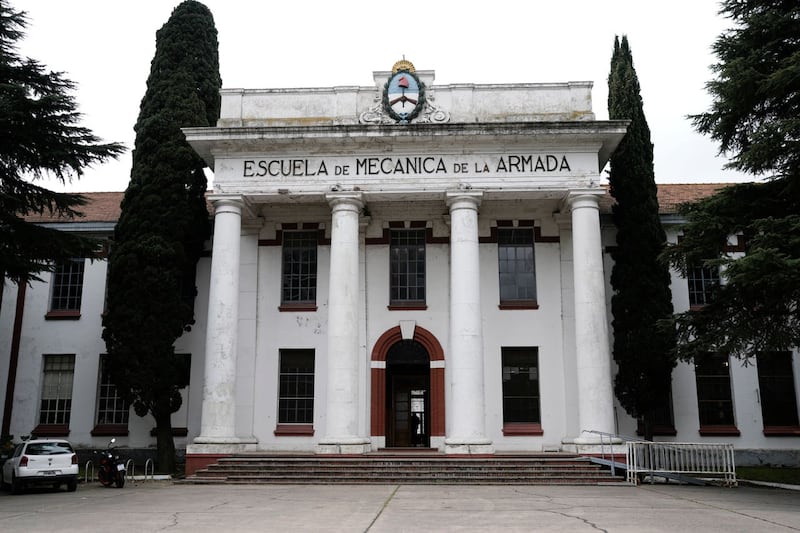
“The Navy School of Mechanics conveyed the absolute worst aspects of state-sponsored terrorism,” Argentina’s President Alberto Fernandez said in a video message thanking Unesco for the designation.
“Memory must be kept alive … so that no one in Argentina forgets or denies the horrors that were experienced there.”
It is estimated that some 5,000 people were detained at the ESMA during the 1976-83 dictatorship, many of whom were tortured and later disappeared.
It also housed many of the detainees who were later tossed alive from the “death flights” into the ocean or river in one of the most brutal aspects of the dictatorship.
The ESMA also contained a maternity ward, where pregnant detainees, often brought from other illegal detention centres, were housed until they gave birth and their babies later snatched by military officers.
“This international recognition constitutes a strong response to those who deny or seek to downplay state terrorism and the crimes of the last civil-military dictatorship,” Argentina’s Human Rights Secretary Horacio Pietragalla Corti said in a statement.
The designation “is a tribute to the thousands of disappeared individuals in our continent,” Mr Pietragalla said, adding that “this is an event of unique significance within Argentine and regional history, setting a precedent for continuing to lead by example in the world with policies of memory, truth and justice.”
Argentina has held almost 300 trials relating to crimes against humanity since 2006.
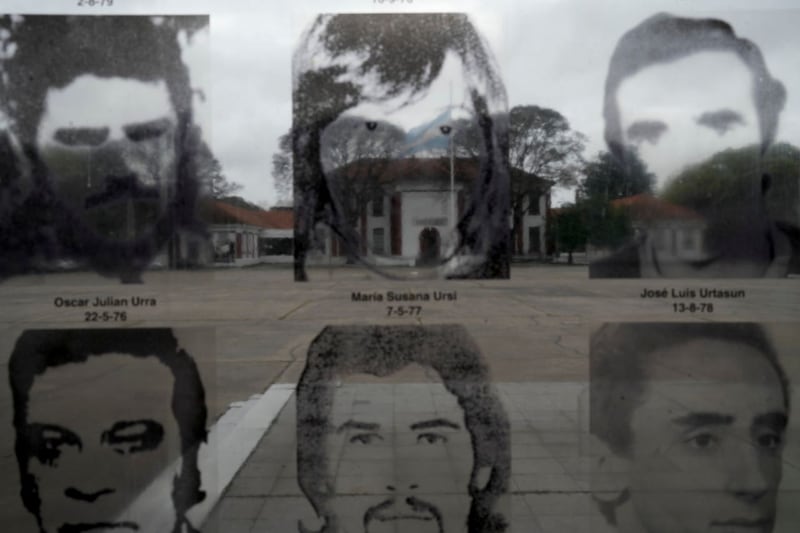
Among the reasons for deciding to include the ESMA in the World Heritage list was a determination that the site represents the illegal repression that was carried out by numerous military dictatorships in the region.
The designation of a former detention and torture centre as a World Heritage site comes at a time when the running mate of the leading candidate to win the presidential election next month has harshly criticised efforts to bring former military officials to trial.
Victoria Villaruel, the vice presidential candidate to right-wing populist Javier Milei, has worked for years to push a narrative that the military junta was fighting a civil war against armed leftist guerrillas.
Mr Milei rocked Argentina’s political landscape when he unexpectedly received the most votes in national primaries last month.
